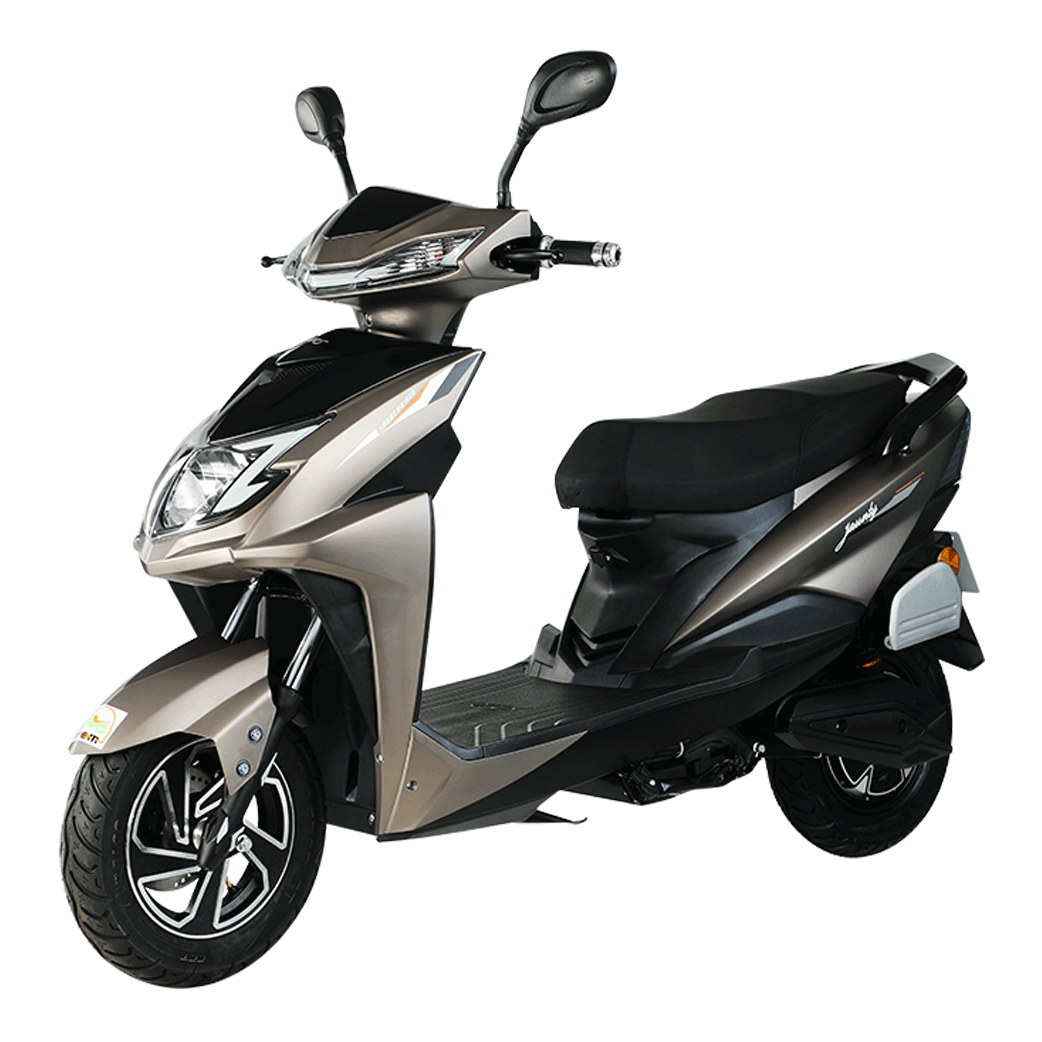The future of mobility in India is undergoing a significant transformation, with electric two-wheelers poised to play a pivotal role. This shift is driven by factors such as diverse product offerings, advanced technology features, and evolving consumer preferences, marking a departure from conventional gasoline-powered vehicles. Anticipations are high, with projections indicating that electric two-wheelers like electric scooters and e-bikes will comprise an estimated 60 to 70 percent of new vehicle sales in India by 2030.
Future of electric scooters: What to expect?
The Indian government has pledged substantial investments to bolster the production of electric vehicles, particularly in the two-wheeler segment.
This strategic move reflects a concerted effort to not only reduce environmental impact but also to stimulate economic growth through the burgeoning EV industry.
A pivotal aspect bolstering the bright outlook for e-scooters is the government's visionary goal of achieving 80% electric two-wheeler mobility by the year 2030. This ambitious target underscores a resolute commitment towards sustainable and eco-friendly transportation solutions.
Another prominent trend on the horizon is the surge in last-mile delivery services and shared mobility facilitated by electric scooters. An increasing number of private firms are forging partnerships with prominent e-scooter manufacturers like AMO Mobility, Okinawa, Ather Energy, and others for last-mile delivery solutions. This collaborative approach not only promotes the adoption of electric scooters but also signifies a significant shift towards more efficient and environmentally conscious transportation solutions.
Consumers are displaying a growing inclination towards electric mobility, with 86 percent indicating a willingness to consider an electric two- wheeler for their next purchase. Notably, sustainability, safety, and brand reputation are the primary factors influencing purchasing decisions.
In summary, a multitude of factors will greatly contribute to the widespread adoption of electric scooters. One can now observe an increasing number of electric bike dealerships in both urban and rural areas across the country.
Key drivers of electric scooter adoption
A. Accessibility and affordability: Electric two-wheelers like e bikes and e scootys offer consumers a cost-effective and convenient mode of transportation, aligning with the evolving needs of Indian consumers.
B. Sustainable mobility: The transition to electric two-wheelers aligns with global climate policies and government initiatives, such as FAME (Faster Adoption and Manufacturing of Electric Vehicles), aimed at curbing air pollution and enhancing traffic conditions.
Challenges ahead for electric scooters:
Despite the promising outlook, certain challenges must be addressed for electric bikes and e-scooters to achieve widespread market penetration.
Concerns regarding vehicle safety, battery life, and charging infrastructure remain key considerations for consumers.
Influx of new electric scooter manufacturers:
The electric two-wheeler market is currently witnessing a surge in new entrants, posing a challenge to the established players.
 Unlike the internal combustion engine sector, where traditional incumbents like Yamaha, Hero, Bajaj, etc. have historically held over 90 percent market share, the electric two-wheeler market is experiencing a shift. New players have swiftly gained momentum, securing more than 50 percent of the market.
Unlike the internal combustion engine sector, where traditional incumbents like Yamaha, Hero, Bajaj, etc. have historically held over 90 percent market share, the electric two-wheeler market is experiencing a shift. New players have swiftly gained momentum, securing more than 50 percent of the market.
Companies like AMO Mobility, Ola, Simple One, and Bounce are emerging as significant contenders in this competitive landscape.
However, in order to thrive in this cutthroat environment, electric scooter and e-bike manufacturers must allocate greater resources to research and development, aiming to make technology more affordable and convenient. This will be a key factor in maintaining a competitive edge.
So, here are a few things that will soon be reality with upcoming electric scooters in the market –
a. Advancements in battery technology and motor efficiency will lead to electric scooters with significantly improved range and performance. This means riders can cover longer distances on a single charge, and the scooters will have better acceleration and top speeds.
b. Future electric scooters are expected to feature sleeker and more aerodynamic designs. This not only enhances the scooter's visual appeal but also contributes to improved energy efficiency, allowing for better range.
c. Manufacturers are likely to integrate more smart features into electric scooters. This could include advanced dashboard controls with intuitive interfaces, connectivity options, and even smartphone integration for navigation and other functionalities.
d. Ongoing research and development in battery technology are expected to result in smaller, lighter, and more affordable battery packs.
Wrapping up:
As India embarks on a path towards electric mobility, the two-wheeler segment is at the forefront of this transition. With consumers showing a strong inclination towards electric alternatives, the market is poised for a paradigm shift.
Due to their affordability and ease of use, electric scooters are a promising alternative for e-mobility in the future.
Visit your nearest electric scooter dealership now and get your favorite electric mobility ride!
© AMO Mobility Solutions Pvt. Ltd, All Rights Reserved | Powered by Amo Electric Bikes